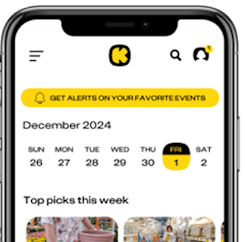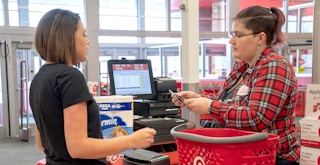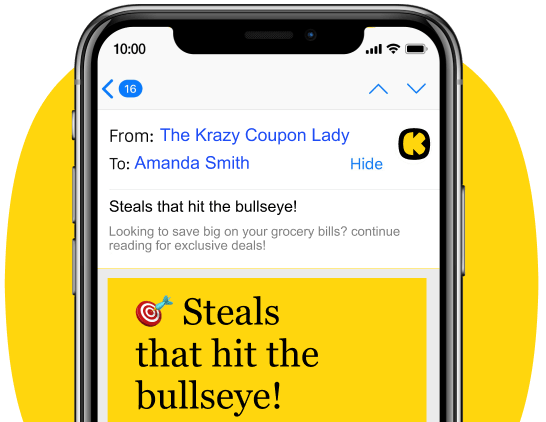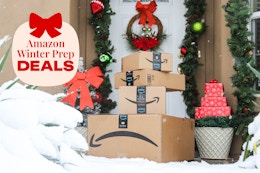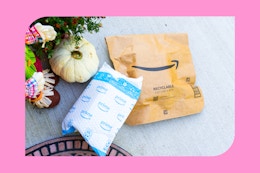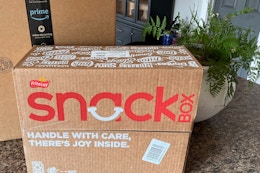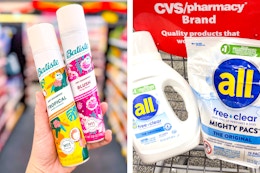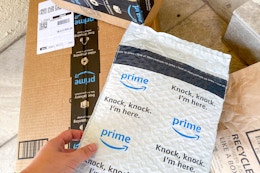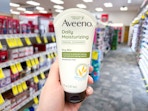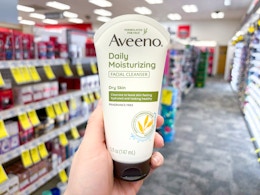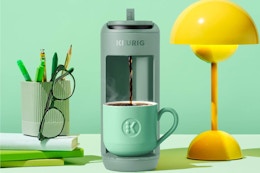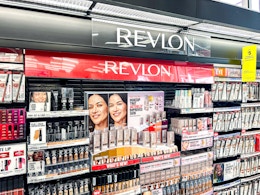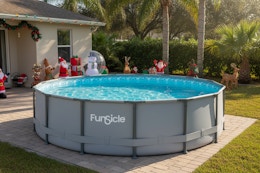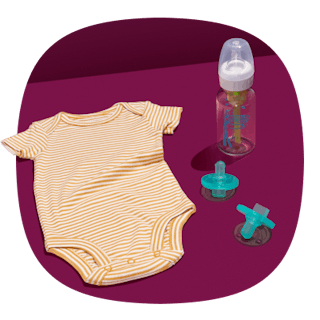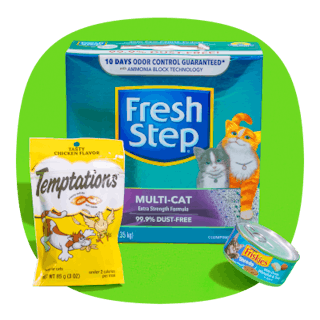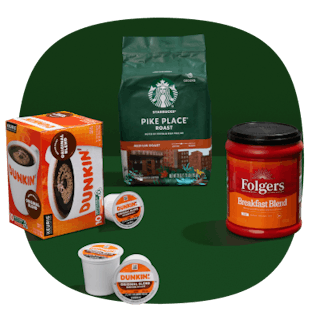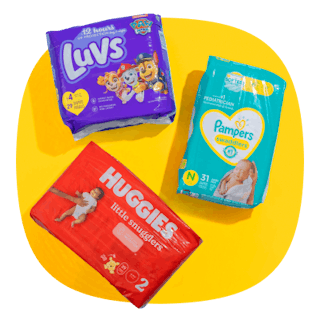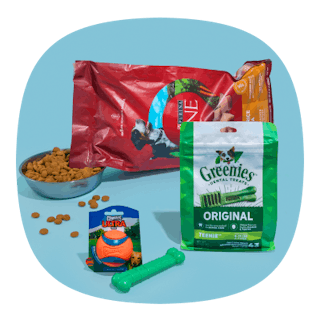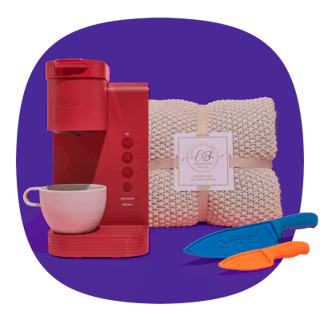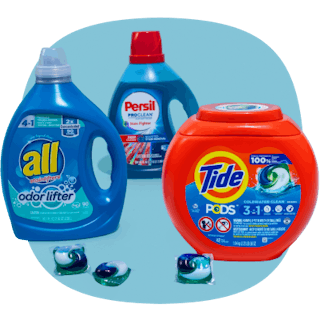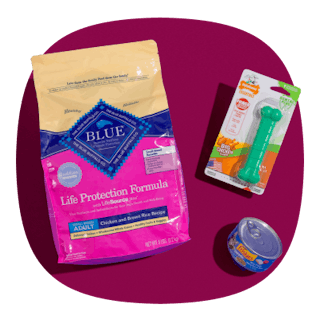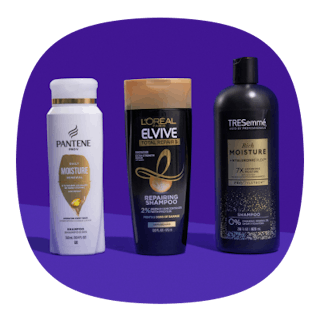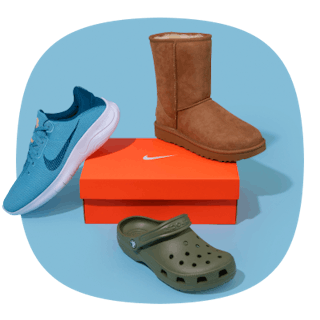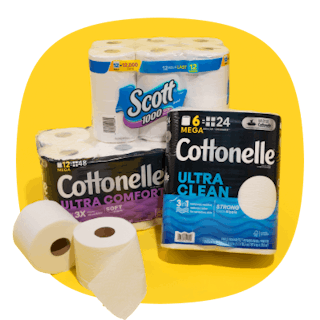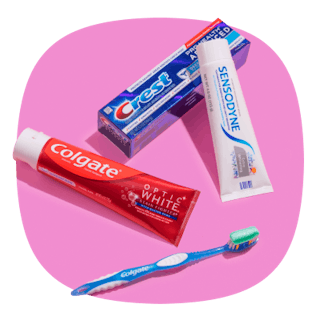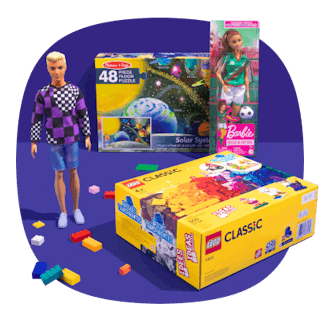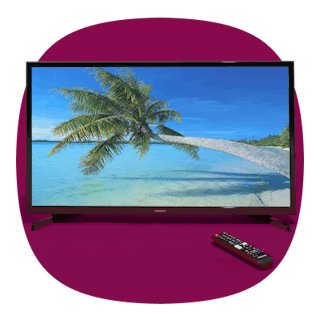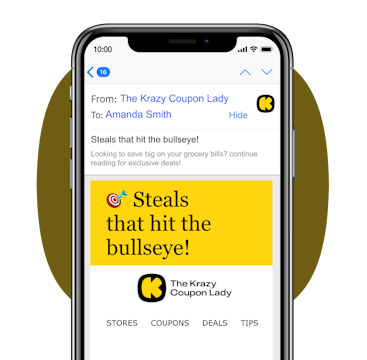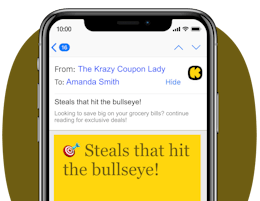They keep tinkering with the Target coupon policy. And of course, this means couponers have to relearn the rules with Target in-store coupons.
Back in October 2022, Target set up a “master file of valid coupons”, which caused lots of legitimate in-store coupons to get erroneously rejected. Now, the policy affects couponers who make Target returns, too.
Here’s what a Target spokesperson told us: “Effective April 24, 2023, guests who return an item that was purchased with a coupon will be refunded the price they paid for that item. For example, if an item was originally priced at $5 and a guest used a coupon to receive a $1 discount at purchase, they would receive a total refund of $4, the price they paid for the item, should they choose to return it.”
So what’s with the change to Target in-store coupons, and how does it affect you? Here’s a breakdown of everything we know.
To stay up-to-date on all the latest Target deals, text TARGET to 57299.
Target doesn’t refund your in-store coupon discounts anymore — you only get back what you paid out of pocket.
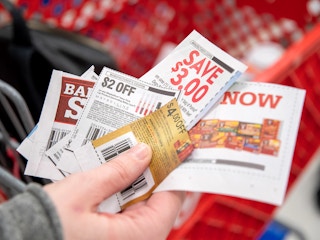
According to the current Target coupon policy , if you return an item, any promotional discounts or coupons that were used in the original order won’t be included in the return credit.
For example, let’s say you paid $6 for laundry detergent at Target and used a coupon for $2 off. Then, you went to return the item because you actually didn’t need it in your stockpile. Target would only refund you your out-of-pocket cost for the item (in this case, $4). In the past, they would also refund you the coupon value (in this case, $2) via a Target gift card. But that’s no longer the case.
Although Target accepts coupons as a form of payment — they, along with other stores like ShopRite — argue that customers shouldn’t get back more than what they paid. From Target’s perspective, the policy prevents people from buying a ton of products with coupons, only to return them for a profit.
To be clear, Target implemented these policies to prevent fraud, so without a receipt, they only allow returns of up to $100 worth of merchandise per year.
Note: For what it’s worth, Walmart’s coupon policy still offers full-priced refunds even when coupons are used.
All Target in-store coupons must now scan and match up to a pre-approved list.
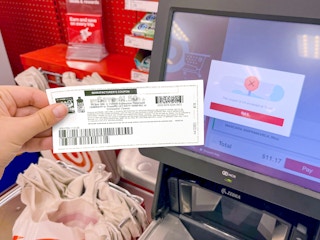
In early October 2022, Target added a new bullet point to their official coupon policy. This indicated a big shift in their approach to paper manufacturer coupons, either printable coupons or newspaper coupons .
Before, Target only required a coupon to scan for it to be valid, now, there’s a second hurdle to clear. Your coupon must also exist on Target’s predetermined list of verified coupons (which shoppers don’t have access to).
Without knowing which coupons Target will and won’t accept, couponers are facing major frustration at the checkout line.
Basically, if your coupon isn’t on the list — even if it’s completely legit — it’ll get rejected by the system at Target stores. You can appeal to the Target staff, but whether or not they accept your coupon is up to them.
The new policy aims to reduce coupon fraud and make sure only legitimate coupons are used.
It’s harder to stack Target in-store coupons with Ibotta offers now, but some brands allow it.
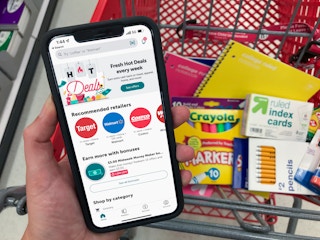
As if those two coupon policy changes weren’t enough, some 2023 Ibotta changes have made it harder to stack Target in-store coupons with Ibotta offers. However, there are still offers you can stack, like Dove Hand Wash and Colgate Toothpaste, for example. We outlined how to do a similar stacking deal with Fetch.
For the rest of the stores out there, you have to check each individual rebate offer to see if the fine print excludes coupon stacking.
Download the KCL app to add and redeem coupons in store
